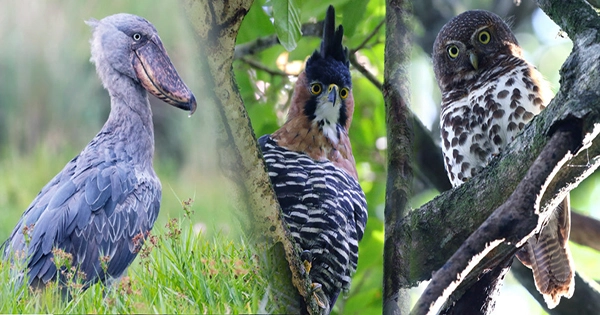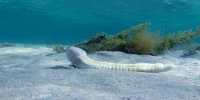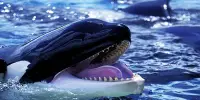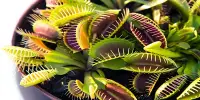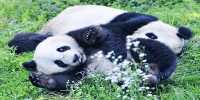Halfway through devouring a rare bird for Christmas dinner, Charles Darwin reportedly found the bird he had been looking for for years.
If you think of Darwin, you might envision him meticulously examining a finch in the Galapagos and making notes about little variations between it and another finch that looks very similar. Darwin did both of these things, with the latter leading to a particularly distressing incident in which he consumed a crucial missing piece of his work. You probably don’t picture him riding around on a giant tortoise or eating endangered species like they were party snacks, but Darwin did both of these things.
Darwin often rode around on tortoises, which he also considered food, when he first arrived on San Cristóbal Island in the Galapagos. He did this regardless of whether or not they were suitable for transportation.
But I found it very difficult to keep my balance, he said. “I frequently climbed on their backs, and then giving a few raps on the hinder section of their shells, they would stand up and go away.”
Darwin, a well-known member of the Cambridge University Glutton Club, ate the creatures, preferring to eat them roasted or in soup form. The club convened to feast on “birds and beasts which were heretofore unknown to the human palate.”
Darwin noted that when residing in this upper region, his group solely subsisted on tortoise meat: “The breastplate cooked (as the Gauchos do carne with Cuero), with the flesh on it, is extremely excellent.” And young tortoises make good soup, but the rest of the meat is bland to my taste.
Darwin was an excellent naturalist, but he also had a voracious appetite. At Port Desire in December 1833, a crew member shot a rhea to be served for Christmas supper. Long before it was recognized as Darwin’s Rhea, Darwin had been looking for a bird he dubbed the “Avestruz petite.”
The tiny variations between it and another species of rhea that lived to the island’s north intrigued him. The birds had evaded him for years, but his stomach wasn’t about to let them.
That Christmas, Darwin mistakenly thought he was eating a baby greater rhea when, in fact, he was chowing down on the elusive practice that would later bear his name. During the feast, he leaped up and made a valiant effort to rescue the bird’s remnants, managing to obtain a wing, the head, its legs, and numerous larger feathers.
He set out to investigate the leftovers, the biological substance that had previously been referred to as “lunch,” and after becoming certain that there were two kinds of rhea in South America, he was right.
